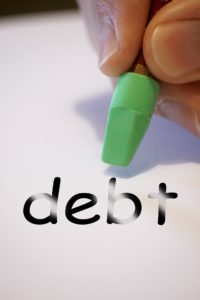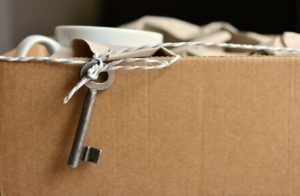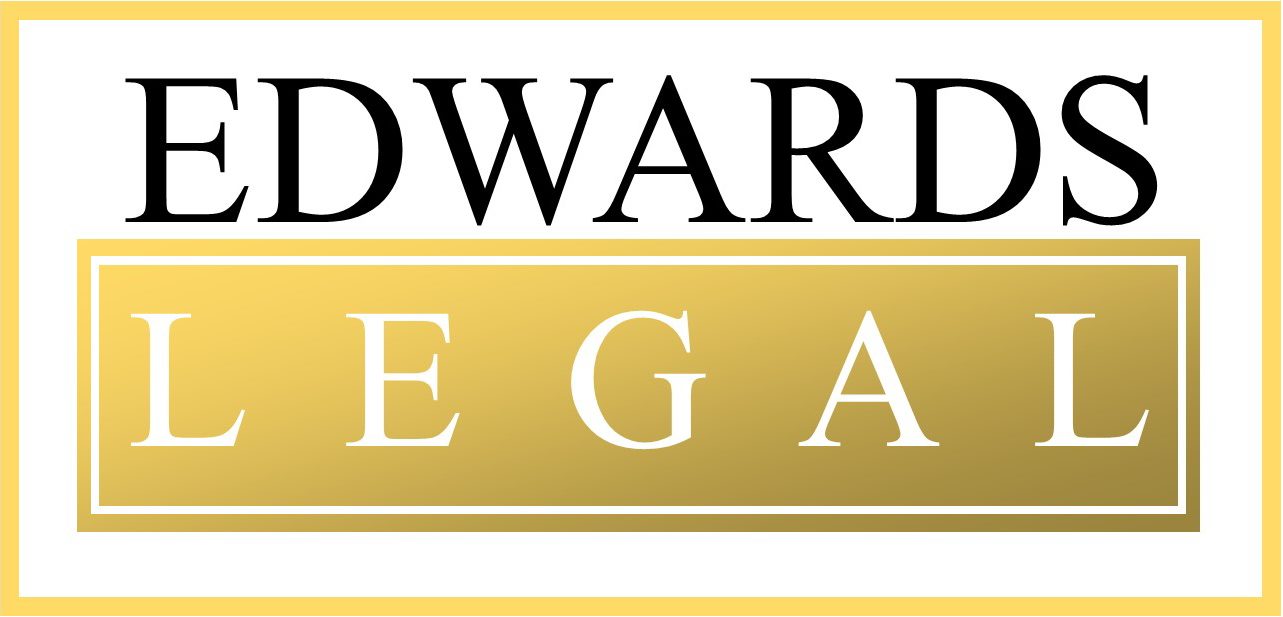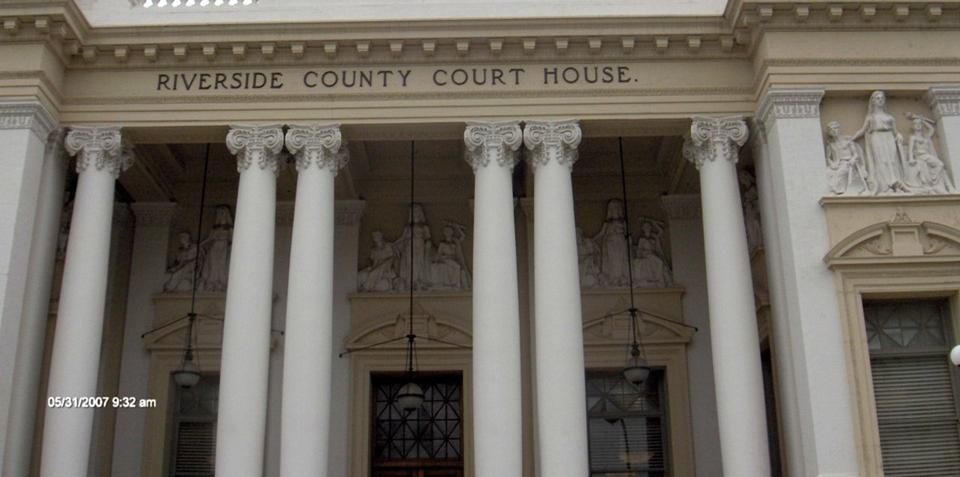
Even caring, responsible people can face financial challenges. This can be due to medical bills, job loss, investment or business losses, and sometimes just bad financial decisions in the past that eventually catch up to you. Any of these things can lead to a situation where your income is no longer enough to cover your debts. There is simply more going out than coming in. In addition, overreaching, harassing creditors calling you at all times of the day and night can exacerbate an already stressful situation. We help good people in San Bernardino & Riverside Counties file for California Bankruptcy protection.

Let us help!
We can help you seek protection under the US bankruptcy code. We can make the creditors stop calling! Contact us to speak with a California Bankruptcy attorney.
Let us help you re-gain your peace of mind and put you on a path to rebuild your credit.
Call Us Today!



![]()

The decision whether to file chapter 7 or chapter 13 bankruptcy depends on several factors. It’s probably easier to start by identifying what the differences are between chapter 7 and chapter 13.
Chapter 7
Chapter 7 is by far the most popular choice for consumers seeking bankruptcy protection. Under chapter 7 of the bankruptcy code, you can eliminate all debts and effectively “wipe the slate clean” giving you a fresh start. Unlike Chapter 13, there is no re-payment plan with Chapter 7 and discharge can be granted in as little as 3-6 months after filing.
The Means Test
The basic qualifier for determining whether you can file Chapter 7 is the means test. Under the means test, your family’s income is compared to the median income of a family of the same size in the same geographic area. Your income from the six months prior to the bankruptcy is used for this calculation. If your income is equal to or falls below this threshold, you can file bankruptcy under chapter 7.
If your income is higher than the threshold, you should contact a California bankruptcy Attorney. There may be deductions, special circumstances and/or other strategies allowed that can be used to reduce your income and allow you to qualify to file under chapter 7. You can learn more here.
Chapter 13
If you do not qualify to file under Chapter 7, you may be able to file under Chapter 13. Chapter 13 provides many of the same protections of a Chapter 7 bankruptcy. However, you will be required to enter into a repayment plan based on your income that could last up to 60 months. At the end of the payment plan, any remaining debt left unpaid will be “wiped out” discharged.
![]()

The automatic stay provides immediate relief to the debtor after filing bankruptcy. The automatic stay is an injunction that prohibits creditors from contacting the debtor or making any attempts to collect from the debtor for 30 days after the bankruptcy filing. When the automatic stay takes effect, it also halts any judicial proceedings in progress against the debtor. Creditors affected by the automatic stay would then need to seek relief from the automatic stay in bankruptcy court before they can proceed with collection efforts or judicial proceedings.
![]()

As discussed above, the automatic stay would also halt any judicial proceedings in progress against the debtor at the time the bankruptcy is filed. This includes an eviction where the landlord has not already obtained a judgment of possession. However, keep in mind that this tactic is likely to only delay an eventual eviction as the landlord could seek relief from the automatic stay in bankruptcy court. Once granted, the landlord could continue with the eviction process.
![]()

For many families, student loans are now the second largest source of household debt after housing costs. Although there’s some relief available today by working with your lenders, student loans are generally not dischargeable in bankruptcy. There are exceptions in rare situations where the debtor can show undue hardship. However, this is a very high standard that is difficult to meet in bankruptcy court. The court will likely require you to show that you and your dependents cannot maintain a “minimum” standard of living now and throughout the repayment period and that you have made good faith efforts to repay your loans. For most people the better option is to work with your lender to see if you qualify for one of several options available today including; deferment, forbearance and forgiveness plans. Contact us today to speak with a California Bankruptcy attorney today!


